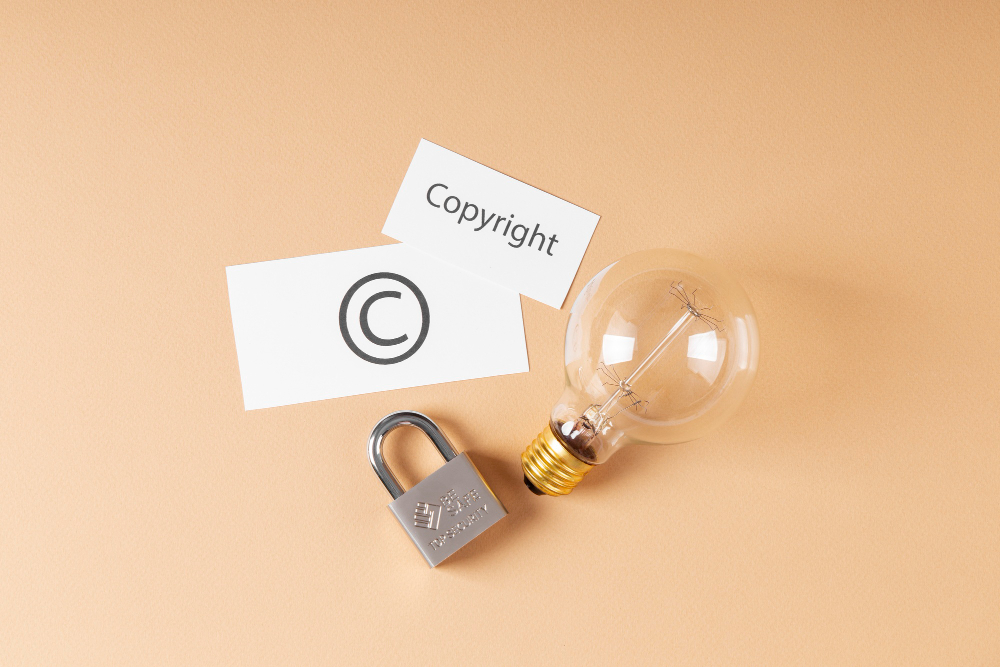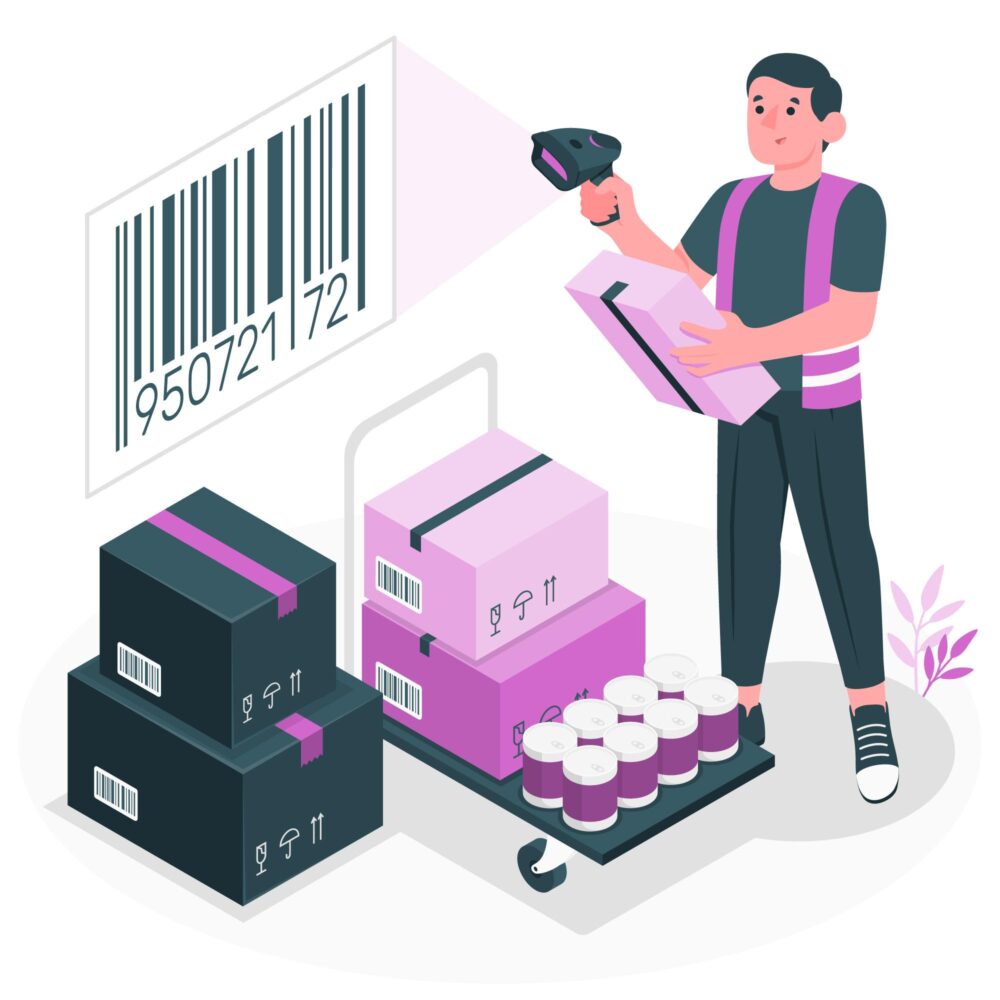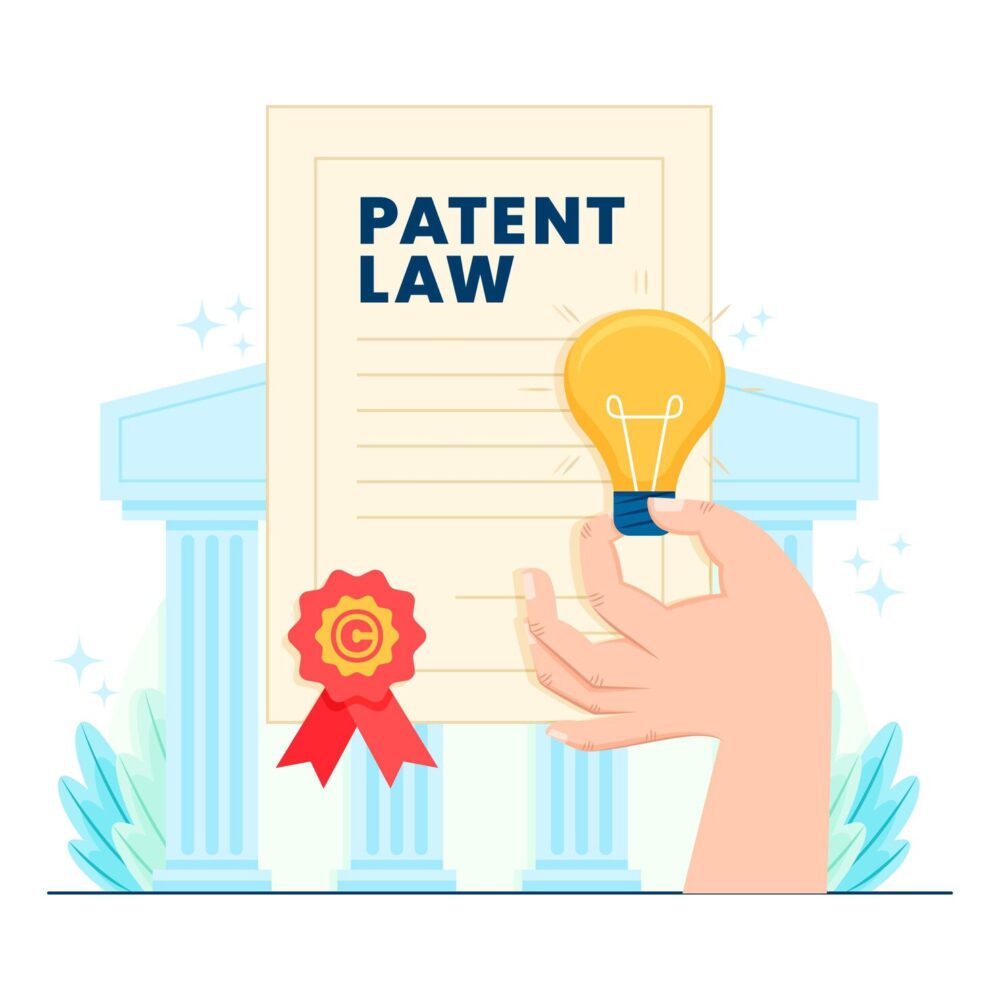With the trend of economic globalization and Vietnam’s growing openness to international trade, the problem of counterfeit goods, imitation products, and intellectual property rights (IPR) infringements has become increasingly complex and sophisticated. These issues not only cause severe damage to legitimate businesses but also undermine consumer trust, negatively affect the investment environment, and potentially endanger public health.
To effectively detect and address these violations, it is crucial to distinguish among the concepts of “counterfeit goods,” “IPR-infringing goods,” and “IPR infringement,” and to clearly understand the corresponding legal mechanisms. This article provides a systematic and practical overview of these issues.
1. Distinction Between “Counterfeit Goods” and “Imitation Goods”
The term “imitation goods” is not officially defined in Vietnamese legal documents. It is a colloquial expression that refers to products that visually resemble genuine goods but are not produced or distributed by the rightful owner of the brand.
In contrast, “counterfeit goods” is a legally defined term in multiple legislative documents. Depending on the subject matter being counterfeited, such goods may fall into one of the following categories:
- Counterfeit goods under Decree No. 98/2020/ND-CP;
- Goods infringing upon intellectual property rights under IP law.
1.1. Definition of Counterfeit Goods under Decree No. 98/2020/ND-CP
Decree No. 98/2020/ND-CP outlines six types of goods categorized as counterfeit, which can be grouped into three main categories:
- Goods counterfeit in terms of quality and use: Products that lack utility, functionality, or standard quality—or whose performance does not match that of genuine goods.
- Goods with counterfeit labels and packaging: Goods that falsely indicate the name or address of another business, or misrepresent the origin, manufacturing, or packaging location.
- Fake stamps, labels, and packaging materials: Including anti-counterfeit stamps, warranty cards, shrink wrap, and brand labels falsely claiming association with a trader or manufacturer.
(Clause 7, Article 3 of Decree 98/2020)
1.2. Goods Counterfeiting Intellectual Property Rights
These include:
- Trademark-counterfeiting goods: Goods or packaging bearing signs identical or confusingly similar to a protected trademark for the same category of goods, without the trademark owner’s consent.
- Geographical indication-counterfeiting goods: Goods or packaging that bear signs identical or confusingly similar to a protected geographical indication (GI), used without the proper authorization as defined in Clause 4, Article 121 of the Intellectual Property Law or relevant foreign legislation.
- Pirated goods: Copies produced without the authorization of the copyright or related rights holder.

2. Handling Measures for Counterfeit Goods
2.1. Legal Measures for Handling
| Handling Measure | Counterfeit Goods – Decree 98 | IPR-Infringing Counterfeit Goods |
| 1. Administrative Sanctions | – Monetary fines
– Seizure of infringing goods – Destruction of goods – Recovery of illicit profits |
– Monetary fines
– Seizure of infringing goods – Destruction of goods – Recovery of illicit profits – Removal of infringing elements |
| 2. Criminal Liability | May be prosecuted if criminal elements are present | Same as left |
| 3. Civil Lawsuits | Not applicable | Rights holders may sue for damages and to stop the infringement |
| 4. Import-Export Control Measures | Not applicable | Applicable during customs procedures for IPR-infringing goods |
2.2. Competent Authorities
| Authority | Counterfeit Goods – Decree 98 | IPR-Infringing Counterfeit Goods |
| People’s Committees (various levels) | ✔️ | ✔️ |
| Market Surveillance Authority (*) | ✔️ | ✔️ |
| Public Security Forces | ✔️ | ✔️ |
| Customs Authority | ✔️ | ✔️ |
| Border Guard / Coast Guard | ✔️ | ✖️ |
| Inspectors from Science & Technology / Information Tech. | ✖️ | ✔️ |
(*) Note: The Market Surveillance Authority handles IPR infringements only for tangible goods. For service-related cases, authority lies with the Department of Science and Technology.
Properly distinguishing between counterfeit goods, IPR-infringing counterfeit goods, and general IPR violations enables the correct application of legal remedies. This empowers enterprises and rights holders to proactively cooperate with relevant authorities to protect their interests and effectively mitigate potential risks.
Related posts
Disclaimers:
This article is for general information purposes only and is not intended to provide any legal advice for any particular case. The legal provisions referenced in the content are in effect at the time of publication but may have expired at the time you read the content. We therefore advise that you always consult a professional consultant before applying any content.
For issues related to the content or intellectual property rights of the article, please email cs@apolatlegal.vn.
Apolat Legal is a law firm in Vietnam with experience and capacity to provide consulting services related to and contact our team of lawyers in Vietnam via email info@apolatlegal.com.



































